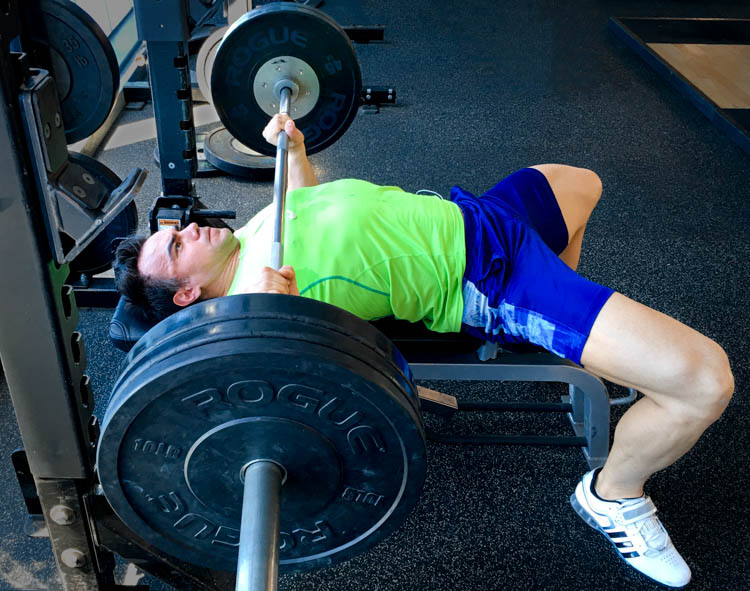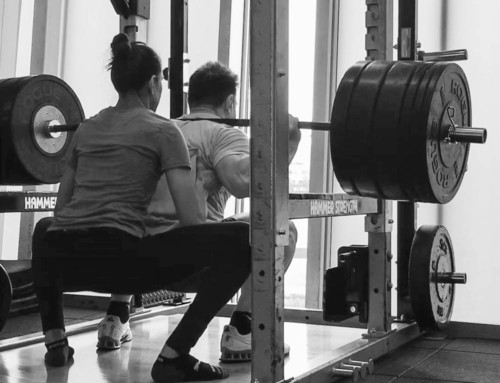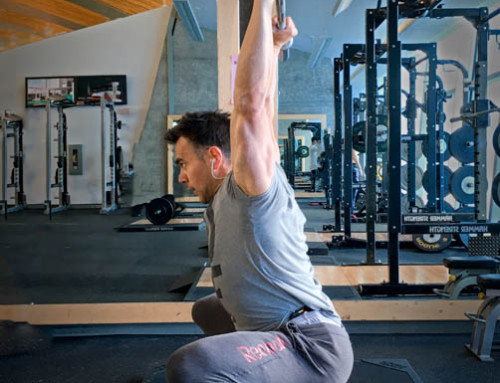Our modern day life is full of responsibilities. It seems that as a society, we’re always on the go, doing something—from creating work strategies to worrying about the family, children, finances and planning for the future—the brain does not have an “off” switch. To balance our lives, we’re often advised to exercise, eat healthy and get more rest. However, with never ending life responsibilities, physical exercise, diet and recovery often go through a peak and valley cycle. The commonality between personal health and fitness and outer environmental circumstances is that they all produce metabolic stress on our system.
Metabolic stress is an internal response by the body to any form of stimulus that either disrupts or threatens to disturb internal balance (homeostasis). As we discussed before in The Benefits of Stress article, stress can be anything. Metabolic Stress is the body’s interpretation and reaction to any encountered stimuli.
Though metabolic stress covers all forms of stress, in this article we’ll focus on the role of metabolic stress to physical training in order to pursue the goal of Stronger Leaner Faster self.
Stress and the Body
Everyone these days feels and battles with various forms of stress.
- Facing financial crisis, worrying about an upcoming work deadline, concerned about your family’s future are all forms of mental-based thoughts that generate significant anxiety.
- Getting sick, injured or acquiring an infection triggers a significant immune response due to foreign invaders.
- Too much or too little of physical activity or nutrition also poses an influx of metabolic disturbance causing release of hormones, protein synthesis and energy supply through metabolic flexibility.
Stress is as old as evolution itself, and the body systemically developed itself through generations to handle almost anything life throws at it. The body safeguards itself through numerous systems and processes which identify any foreign agents or stimuli, prepare all systems for battle and engage in conquering faced situation. And physical exercise is no different.
Strength Training Methods
To achieve Stronger Leaner Faster version of yourself, the body is placed under physical stress, to overcome the challenge and adapt as the result. These three factors work in cadence of each other and are commonly known in training circles as:
- Mechanical Tension
- Muscle Damage
- Metabolic Stress
Together, these three mechanisms develop strong and lean body through force production, muscular micro-trauma and repair. The result, larger and stronger muscles (greater cross sectional area of worked fibers) along with increase in neurological response (faster CNS to identify stress and recruit motor units (MUs)). Let’s discuss these mechanisms and how they are important pieces to the whole adaptation picture.
Mechanical Tension
Mechanical tension is the actual physical stress that is applied to the body. In terms of resistance training, mechanical tension is mostly based on intensity (amount of weight) and time under tension (TUT – duration of the lift with that weight). Lifting heavier loads for longer, forces the body to work harder by engaging non-participated muscle fibers (MU recruitment); while increasing contraction strength of the active muscle fibers (rate coding).
At Science and Strength, we refer to this body response as an increase in “quantity” and “quality” of muscular contraction. The result, is a build-up of physical fatigue across wider MU area, which results in a greater metabolic response.
Muscle Damage
Now, producing all these contractions causes variety of micro-damage within working muscle fibers. And, this damage needs to be repaired. This works in same fashion as you would get a cut or a bruise on the body surface—with an inflammation of damaged area bringing specialized white cells such as macrophages, neutrophils and lymphocytes. Together these white blood cells begin the clean, repair and regenerate damaged cells. Also, muscle cells release small proteins called myokines which believed to regulate growth factors and satellite cells activity. Satellite cells are a major research topic into myotrauma and hypertrophy.

Metabolic Stress in Muscle
Metabolic stress is the altered internal environment within the body and muscles during and after exercise.
During physical activity, immediate energy is needed for the body to continue to work. This increases metabolic stress which in turn begins to breakdown (catabolize) some of the protein to supplement body’s fuel requirements for force production. Upside to muscle damage and any catabolism (during mechanical and metabolic stress) is the following internal state called super-compensation. Metabolic stress essentially increases internal conditions for the muscle cells to adapt by increasing their contractile areas (myofibrils), thereby increasing their cross-sectional areas (CSAs) and their overall size.
The exact hypertrophy mechanism and how metabolic stress promotes muscle mass is not entirely clear, but the number of contributing factors have been identified within the process.
One of these factors is the internal anaerobic environment where limited oxygen directs production of ATP (adenosine triphosphate) to be predominantly produced via Glycolysis. Anaerobic glycolysis produces number of metabolites including H+ ions, phoshates and lactate. Lactate promotes cell hydration, essentially attracting fluid into the muscle causing cell swelling. Cell swelling creates further signals that elevate anabolic processes.
Also accumulation of all the metabolites (from anaerobic glycolysis) has been shown to increase various hormones and growth factors such as testosterone, growth hormone (GH) and inslulin-like growth factor 1 (IGF-1). Higher metabolic stress records greater levels of testosterone, GH and IGF-1 which shown to improve protein synthesis (larger muscle fiber CSA) while simultaneously using more body fat as energy.
During physical exercise different muscle fibers produce and release various small proteins called myokines. Myokines’ job description is broad, but it’s all to do with bringing the system back to homeostasis as some of these specialized proteins engage in muscle fiber repair and regeneration; while others produce energy through adipose tissue metabolism.
Related articles on anaerobic training and energy systems are further discussed in previous posts:
Energy Systems Training: Parameters and Programming Considerations
Muscle Fatigue and Energy Systems – ATP and Glycogen key Players
Putting Knowledge into Practice
Metabolic stress is an important component of improving lean body mass, developing strength and other biomotor abilities while decreasing body fat. Metabolic stress is particularly elevated during and after physical exercise. Type of training (endurance versus strength) places different mechanical loads on the body, thus creating specific internal stress. Metabolic stress appears particularly influenced by anaerobic style training performed with higher volume (higher loads performed for longer time periods—frequency and TUT).
To maximize on this metabolic stress component, Science and Strength programs develop number of strength-endurance protocols, similar to commonly seen high intensity interval training (HIIT). The progressive overload within these programs are volume based—involving moderate resistance, performed through higher repetitions, more frequently (short rest periods). These methods condition number of body systems, through adaptations to designed mechanical and metabolic stress.
Final Thoughts
Metabolic stress is a variation within internal environment of the body which can be caused by number of factors including diet, disease and exercise. Physical activity places mechanical stimulus on the body creating a distortion of homeostasis through muscle damage and consumption of endocrine and energy reserves. These factors do not necessarily occur in cadence but rather an integrated coordination of participated systems.
Different strength training methods produce variations of metabolic stress. Each variant generates stimulus specific adaptations that always include greater muscle mass and energy production. To achieve Stronger Leaner Faster body, metabolic stress is maximized through HIIT style exercise protocols, consisting of moderate intensity, higher repetitions with short rest intervals.
We hoped you enjoyed this article, if so, please share it on your favourite social media so, we can get on google’s radar. Fell free to leave us a comment and start a discussion on the topic.
You may also be interested in learning more about our Training Books:






